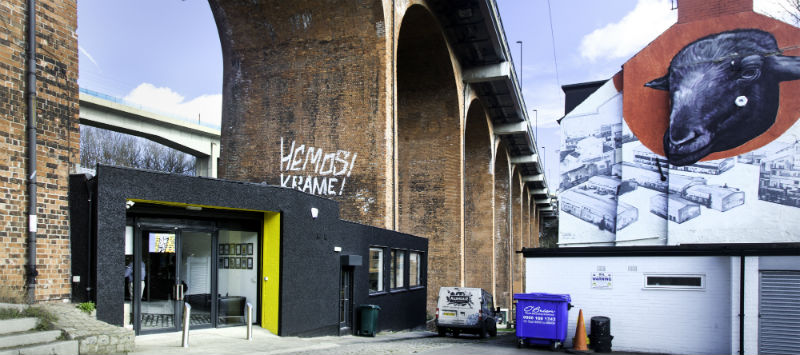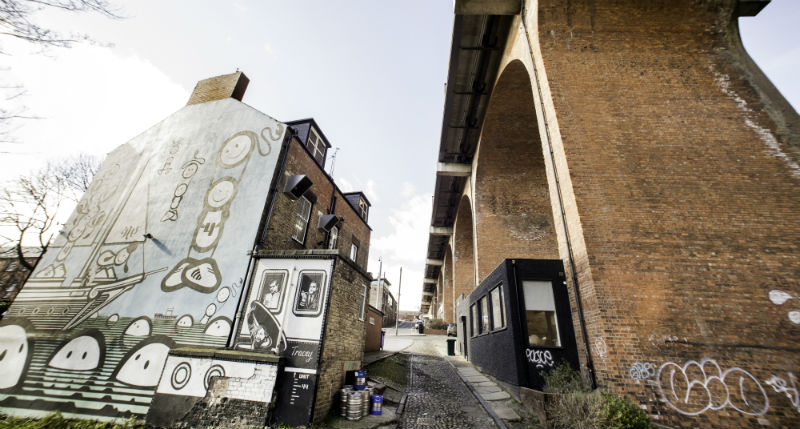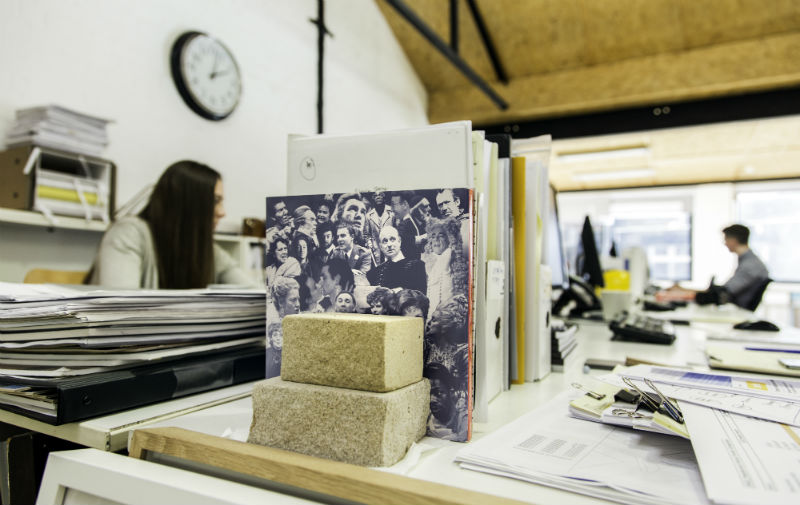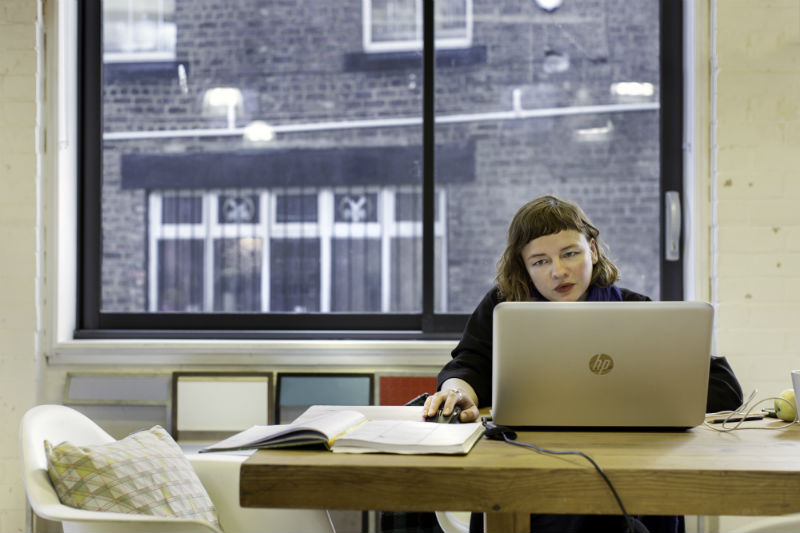xsite - Practice Role Model
Acting locally and thinking globally
We want the North East to be seen as somewhere where progressive, exciting architecture is happening right now. Most people would imagine it isn’t; they would be wrong.

There is a powerful sense of identity in the North East. People have distinct voices and strong opinions. But it isn’t an insular place; there is a rich heritage of migration and the transfer of ideas. We benefit hugely from having an ‘act locally, think globally’ mentality, which means that we are firmly rooted here but completely open to different perspectives. Our architects have come from a variety of places, including Ireland, Hong Kong, India, Lithuania and Iran, each enriching the practice with their own ideas and cultural references.
Investing in consultation and community
The idea of architecture being ‘done’ to people doesn’t appeal to us in the least. If you are designing for a housing estate, you might be involved in a project for a few years. The people in that community could live there for the next 15 to 20. It is patently unfair to conduct a poor consultation and impose a solution on that environment.

Much of our work is local, which means that we are thoroughly invested in our community. We have worked on ‘doorstep projects’ of varying sizes, including community stables, local housing, a shared workspace, a micro-brewery, a chicken coop, street festivals, open studios and furniture design.
We know our clients and are committed to making places that really work for them. Our designs need to be informed by detailed local knowledge about, for example, the way a grassed area is used, or the need to retain a much-loved pub.
Architecture is the consequence of a series of human interactions. If those relationships are rich and meaningful then you will get great architecture; if they’re not, you won’t.
Aesthetic appeal isn’t our number-one priority, because it’s completely subjective. One person’s beautiful building is another person’s monstrosity. Aesthetic integrity comes from creating welcoming, engaging spaces that work in their context.
Nurturing talent and developing self-assurance
As an employer, the guardianship of your people has to be the primary concern. They are not there to be treated as productivity beasts, working into the early hours to meet your expectations. Here, we all have full lives and diverse interests outside the practice. Striking the right balance between those elements makes us more productive, not less.
We believe we sit at the interface of practice and education and for us that has a dual meaning. Firstly, all of us need to stay alive to learning opportunities. Secondly, we want to nurture new talent and bring that to fruition. At the moment, we have five students at different stages of their training, who make up just over a third of our team.

In some organisations, being a student can effectively mean sitting in a corner being ignored. In that kind of environment talented people really go backwards. Right from the outset we give people explicit permission to get involved and encourage them to seek out responsibility. Good business is about imparting a belief that everyone is going to be supported.
We all have a voice here. You feel like you can always ask a question without being shot down.
We have monthly group mentoring sessions for the students where we encourage them to talk about their passions, their skills, what they have been doing, what they would like to do and where they feel they are lacking. Those insights help us, and them, to identify the right development opportunities. We don’t just tell them how to draw more effectively, we support them to learn and become more self-assured.
Everyone who comes here has potential. It is our job to help them understand and realise that potential.
At the same time, we take the view that most people will reach a point where they need another challenge, perhaps with a bigger practice, or in another city, or even by pursuing another career. We see people moving on as a success, not a problem.

Being a Practice Role Model means… sharing knowledge
You can only design within what you believe to be possible but when you work with people from other disciplines, they shift those boundaries. One of our collaborators is a designer/maker who introduced us to a material called Valchromat, which is an inexpensive, versatile form of coloured MDF. Now we use it in a huge range of projects but it wasn’t even an option until someone told us about it. Each person only has so much knowledge and the best way to work is by sharing it.
We instinctively shy away from sticking our heads above the parapet with a great big arrow saying ‘Genius’.
Everything is a team effort and for us being a role model is about openly sharing how we do things.
Anyone can ring and ask us questions about our approach; we are not a cagey bunch. We don’t expect something in return but we know we will gain value just by being part of the exchange.
xsite is one of nine Practice Role Models which represent our vision of what it means to be a successful RIBA Chartered Practice. Find out more about the Practice Role Model project and the other eight practices.







